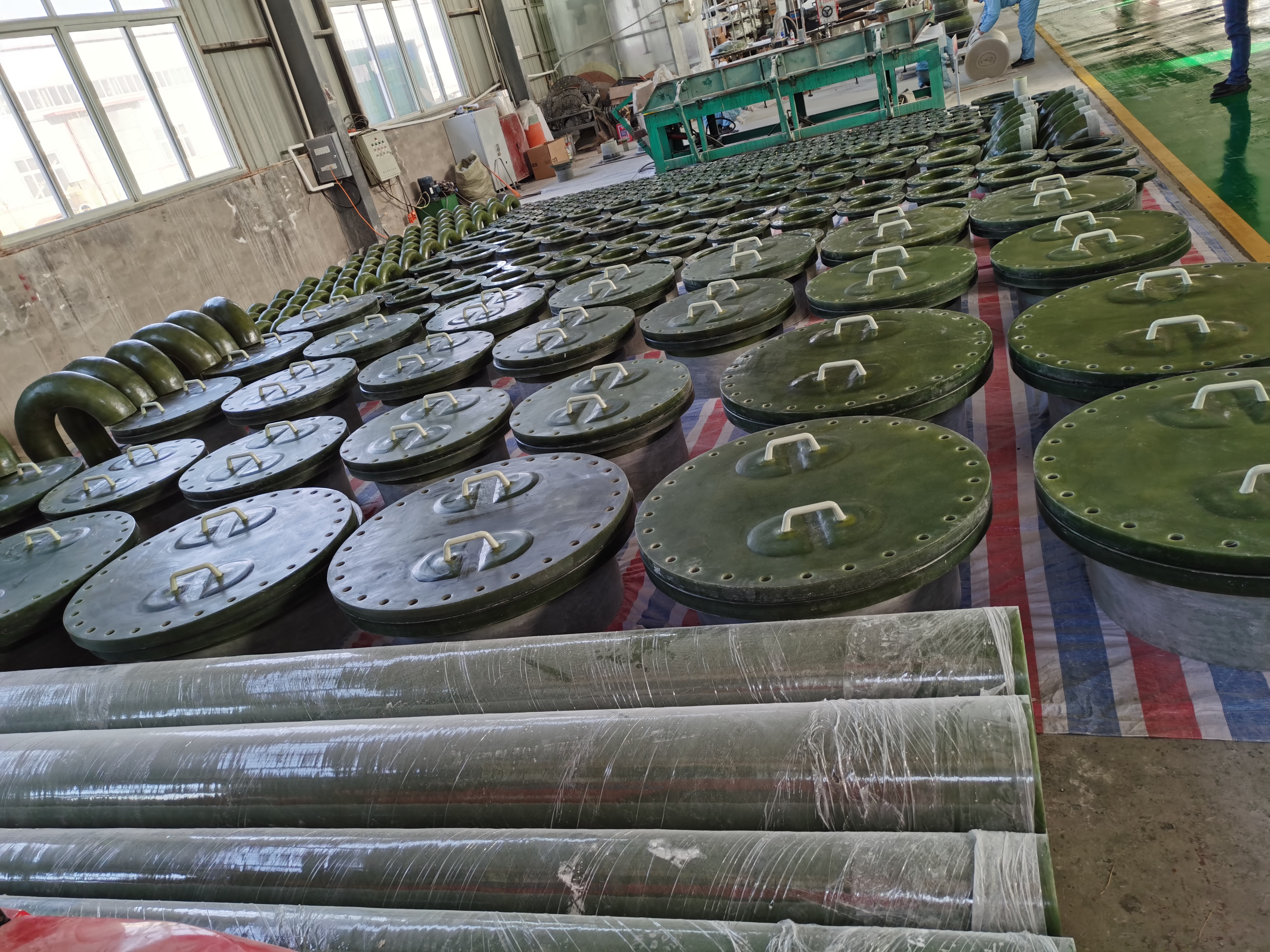
-
 Afrikaans
Afrikaans -
 Albanian
Albanian -
 Amharic
Amharic -
 Arabic
Arabic -
 Armenian
Armenian -
 Azerbaijani
Azerbaijani -
 Basque
Basque -
 Belarusian
Belarusian -
 Bengali
Bengali -
 Bosnian
Bosnian -
 Bulgarian
Bulgarian -
 Catalan
Catalan -
 Cebuano
Cebuano -
 China
China -
 China (Taiwan)
China (Taiwan) -
 Corsican
Corsican -
 Croatian
Croatian -
 Czech
Czech -
 Danish
Danish -
 Dutch
Dutch -
 English
English -
 Esperanto
Esperanto -
 Estonian
Estonian -
 Finnish
Finnish -
 French
French -
 Frisian
Frisian -
 Galician
Galician -
 Georgian
Georgian -
 German
German -
 Greek
Greek -
 Gujarati
Gujarati -
 Haitian Creole
Haitian Creole -
 hausa
hausa -
 hawaiian
hawaiian -
 Hebrew
Hebrew -
 Hindi
Hindi -
 Miao
Miao -
 Hungarian
Hungarian -
 Icelandic
Icelandic -
 igbo
igbo -
 Indonesian
Indonesian -
 irish
irish -
 Italian
Italian -
 Japanese
Japanese -
 Javanese
Javanese -
 Kannada
Kannada -
 kazakh
kazakh -
 Khmer
Khmer -
 Rwandese
Rwandese -
 Korean
Korean -
 Kurdish
Kurdish -
 Kyrgyz
Kyrgyz -
 Lao
Lao -
 Latin
Latin -
 Latvian
Latvian -
 Lithuanian
Lithuanian -
 Luxembourgish
Luxembourgish -
 Macedonian
Macedonian -
 Malgashi
Malgashi -
 Malay
Malay -
 Malayalam
Malayalam -
 Maltese
Maltese -
 Maori
Maori -
 Marathi
Marathi -
 Mongolian
Mongolian -
 Myanmar
Myanmar -
 Nepali
Nepali -
 Norwegian
Norwegian -
 Norwegian
Norwegian -
 Occitan
Occitan -
 Pashto
Pashto -
 Persian
Persian -
 Polish
Polish -
 Portuguese
Portuguese -
 Punjabi
Punjabi -
 Romanian
Romanian -
 Russian
Russian -
 Samoan
Samoan -
 Scottish Gaelic
Scottish Gaelic -
 Serbian
Serbian -
 Sesotho
Sesotho -
 Shona
Shona -
 Sindhi
Sindhi -
 Sinhala
Sinhala -
 Slovak
Slovak -
 Slovenian
Slovenian -
 Somali
Somali -
 Spanish
Spanish -
 Sundanese
Sundanese -
 Swahili
Swahili -
 Swedish
Swedish -
 Tagalog
Tagalog -
 Tajik
Tajik -
 Tamil
Tamil -
 Tatar
Tatar -
 Telugu
Telugu -
 Thai
Thai -
 Turkish
Turkish -
 Turkmen
Turkmen -
 Ukrainian
Ukrainian -
 Urdu
Urdu -
 Uighur
Uighur -
 Uzbek
Uzbek -
 Vietnamese
Vietnamese -
 Welsh
Welsh -
 Bantu
Bantu -
 Yiddish
Yiddish -
 Yoruba
Yoruba -
 Zulu
Zulu
Drilling Rod Twists Deep Beneath the Earth's Surface
The Journey of Drilling Rods Spiraling Down into the Earth
Drilling rods are marvels of engineering and essential tools in various industries such as oil and gas exploration, mining, and geological surveys. The process of drilling, particularly the spiraling descent of a drilling rod into the Earth, is a fascinating journey that uncovers the hidden elements of our planet. This article explores this intricate process and its significance.
To understand the drilling process, we must first appreciate the composition and design of drilling rods. Typically made from high-strength steel, these rods are engineered to withstand extreme pressures and harsh conditions found beneath the Earth's surface. The rods are often coupled with a drill bit at the end, which is designed to break through various types of rock formations. The shape and design of the drill bits can vary significantly depending on the geological landscape and the specific objectives of the drilling project.
The Journey of Drilling Rods Spiraling Down into the Earth
As the drilling rods spiral down, they encounter various geological formations—each with unique characteristics. From soft clay to hard granite, every layer presents its own challenges and requires specific drilling techniques. For instance, harder rock formations may necessitate the use of more robust drill bits or additional pressure to make progress. This interaction not only tests the durability of the drilling rods but also provides invaluable data about the geological history of an area.
drilling rod spirals down into the earth.

One of the critical aspects of the spiraling process is the circulation of drilling fluids, often referred to as mud. These fluids play a vital role in the drilling operation. They cool the drill bit, lubricate the drilling rods, and most importantly, carry the cuttings—pieces of rock that are removed during drilling—up to the surface. This circulation helps maintain the stability of the borehole, preventing collapses and keeping the drill bit from overheating.
As the rods continue their descent, geologists and engineers monitor the progress closely. Sensors and instruments attached to the drilling rig collect real-time data about the geological formations encountered. This data can include measurements of temperature, pressure, and rock density, which are crucial for making informed decisions about the drilling operation and any future development projects.
Once the desired depth is reached or specific formations are encountered—such as oil or mineral deposits—the drilling rods may become part of a more extensive extraction process. For example, in oil drilling, the rig may switch from drilling to production, where the previously inaccessible resources are extracted for commercial use.
In conclusion, the spiraling journey of drilling rods into the Earth is not just a mechanical process; it is a complex interaction with our planet’s geology. Understanding this process enhances our ability to explore and harness natural resources while also providing insights into the Earth’s history and composition. As technology advances, the methods and materials used in drilling continue to evolve, improving efficiency and minimizing environmental impact. The humble drilling rod, therefore, stands as a key player in our quest to understand and utilize the vast resources that lie beneath the Earth's surface.
Latest news
-
Exploring the Benefits of Top Hammer Drifter Rods for Enhanced Drilling PerformanceNewsJun.10,2025
-
High-Precision Fiberglass Winding Machine for GRP/FRP Pipe Production – Reliable & Efficient SolutionsNewsJun.10,2025
-
FRP Pipes & Fittings for Shipbuilding - Corrosion-Resistant & LightweightNewsJun.09,2025
-
Premium FRP Flooring Solutions Durable & Slip-ResistantNewsJun.09,2025
-
Premium Fiberglass Rectangular Tanks Durable & Lightweight SolutionNewsJun.09,2025
-
Tapered Drill String Design Guide Durable Performance & UsesNewsJun.09,2025









